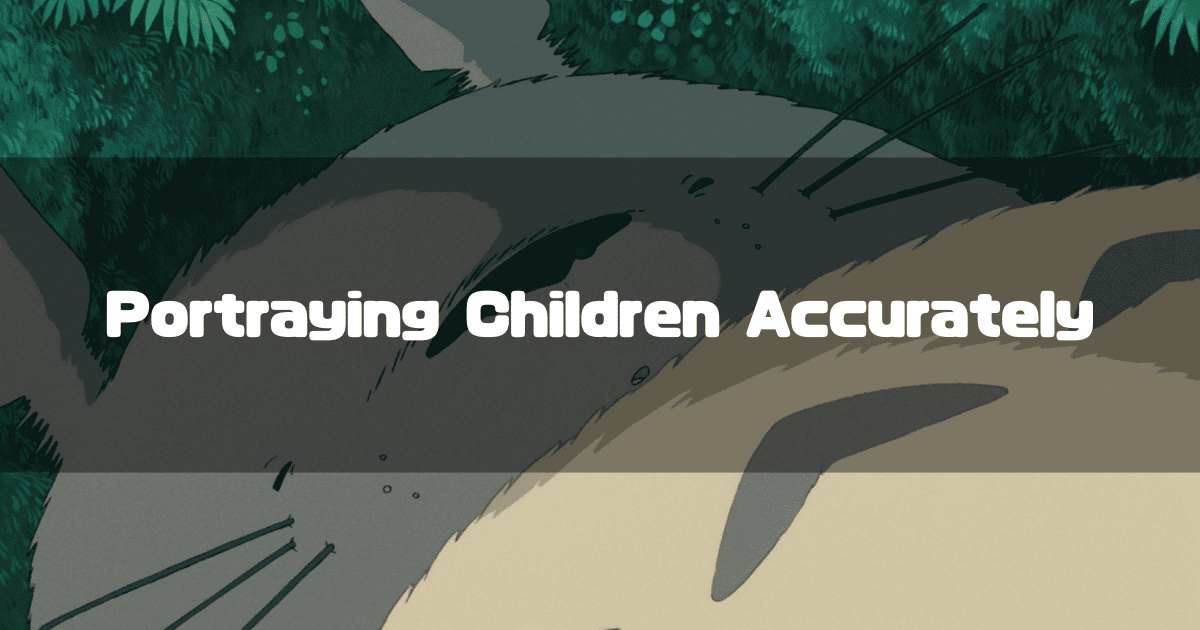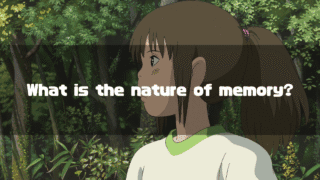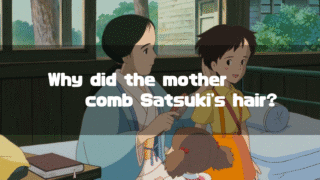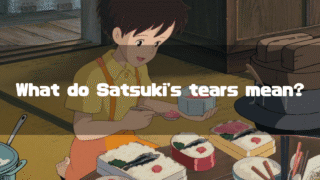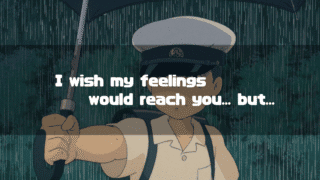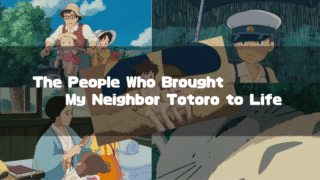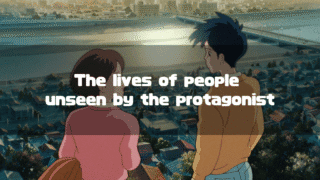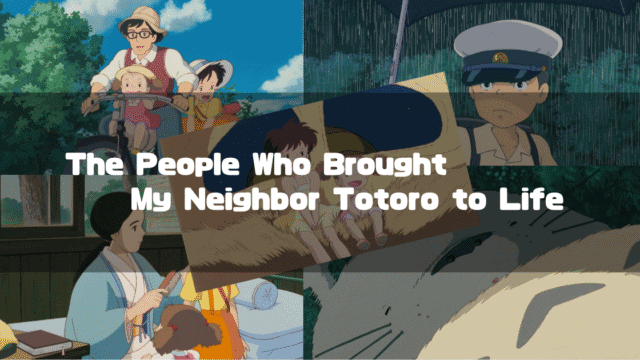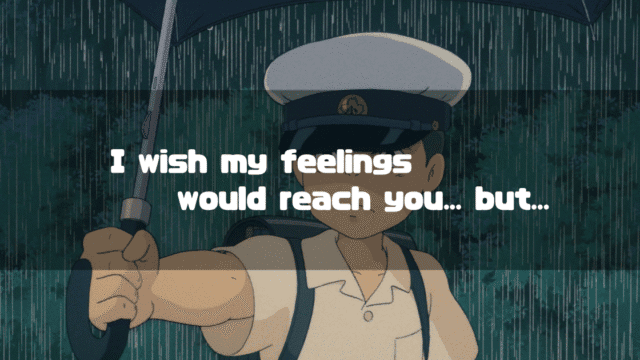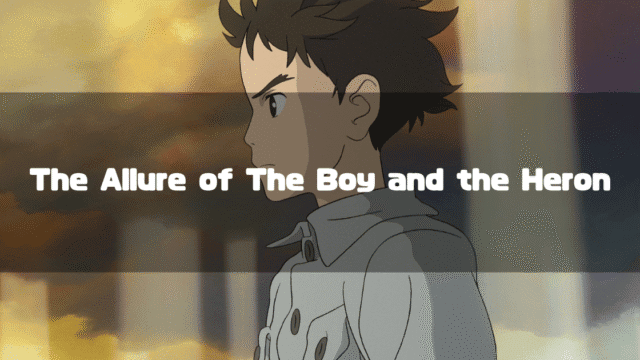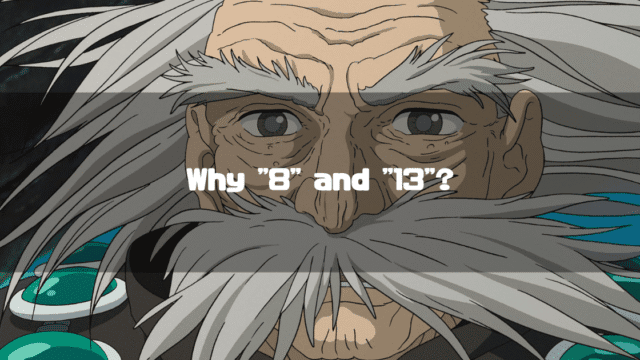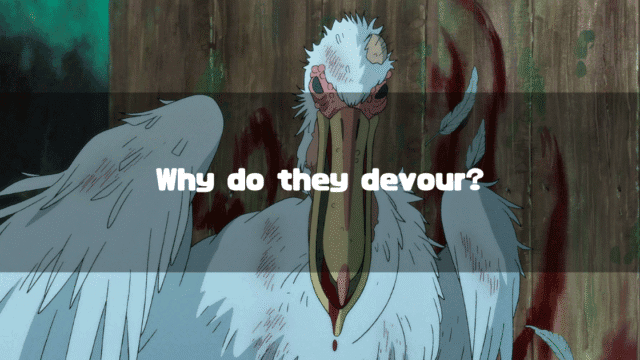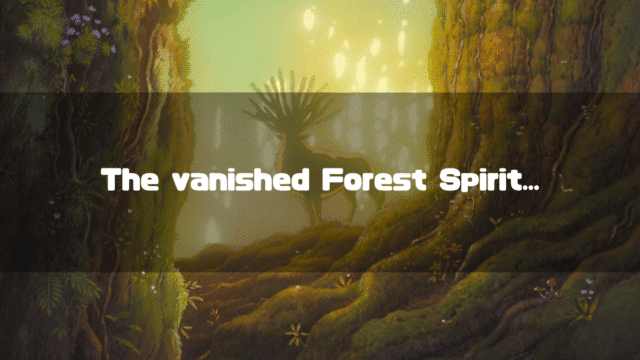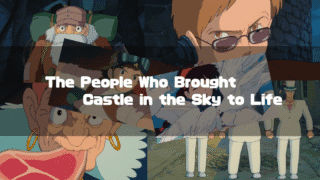My Neighbor Totoro(Official Studio Ghibli) is a 1988 animated feature film directed by Hayao Miyazaki. It’s a film that has become synonymous with Studio Ghibli’s work, and I believe many people have watched it repeatedly since childhood. I myself have seen it many times, and I still have the feeling that “Totoro is there on windy nights.”
As I’ve gotten older, I’ve become curious about the “behind-the-scenes” story. Hirokatsu Kihara, who was the production desk manager at the time, has written a production documentary called Our Totoro (ふたりのトトロ, in Japanese). It’s a treasure trove of valuable information for fans, so I highly recommend it.
Now, this time, I want to think about that famous -at least in Japan- My Neighbor Totoro urban legend. However, I don’t want to verify its truthfulness, but rather think about why the My Neighbor Totoro urban legend was born. First, let’s recall the outline of the urban legend.
*This article is an English translation of the original Japanese article, 「となりのトトロ」の都市伝説が生まれた理由を考える。
Let an AI walk you through the highlights of this post in a simple, conversational style.
- An Urban Legend Born from the “Scent of Death”
The urban legend that Mei and Satsuki are dead stems from unsettling elements in the film, such as the “scent of death” and “disappearances,” which reflects the precariousness of childhood itself. - Children are Essentially “Next to” Danger
Children are beings who instinctively approach danger, and the more realistically they are depicted in animation, the more they evoke a sense of “death.” Because the portrayal of the sisters in Totoro was so accurate, it gave viewers a premonition of death. - Director Miyazaki Said, “Make a Fun Film in a Fun Way”
The director himself stated from the beginning of production, “This is a fun film,” and asked the staff to cherish that atmosphere. Conversely, it could be argued that the need to emphasize this so much suggests that a “shadow of death” had unconsciously crept into the work. - My Neighbor Totoro and The Boy of the Winds
Similar to Kenji Miyazawa’s The boy of the Wind (風の又三郎), My Neighbor Totoro also depicts children growing by confronting danger, and fundamental similarities between the two works can be seen in motifs like gusts of wind.
The My Neighbor Totoro Urban Legend
If I were to list the urban legends related to My Neighbor Totoro, they would generally be as follows.
- The sandal found in the pond was actually Mei’s, and she is in fact dead.
- Satsuki, realizing this, asks Totoro, a god of death, to take her to the underworld to meet Mei (the name “Mei” is a metaphor for the underworld, “Meikai”). This means Satsuki is also dead.
- At the end, the mother can’t see Mei and Satsuki because the two are dead.
- Or rather, everything is a delusion of the father grieving the loss of his daughters. As proof, there are scenes in the story where Mei and Satsuki have no shadows. This means they are already dead.
- In the first place, this story is based on a gruesome incident called the Sayama Incident(Wiki) , so it’s a given that at least Mei is dead.
It’s an urban legend that leans so heavily into “the two are dead” that you can’t help but think it was conceived by someone with a grudge against Mei and Satsuki.
However, this urban legend is certainly interesting. The reasons given for them being dead are somehow “plausible.” Unfortunately, the sandal has a different design, the scenes without shadows are because it’s noon, and the sister setup in Totoro was a later addition; initially, there was only one child, not sisters (meaning it’s unrelated to the Sayama Incident). But as an urban legend to be enjoyed, I think it’s sufficiently entertaining.
So, why was such an urban legend born? The reason I believe is that “My Neighbor Totoro portrays children too well.” To talk about that, let’s first consider what a “child” is.
The My Neighbor Totoro Urban Legend and the Nature of “Children”
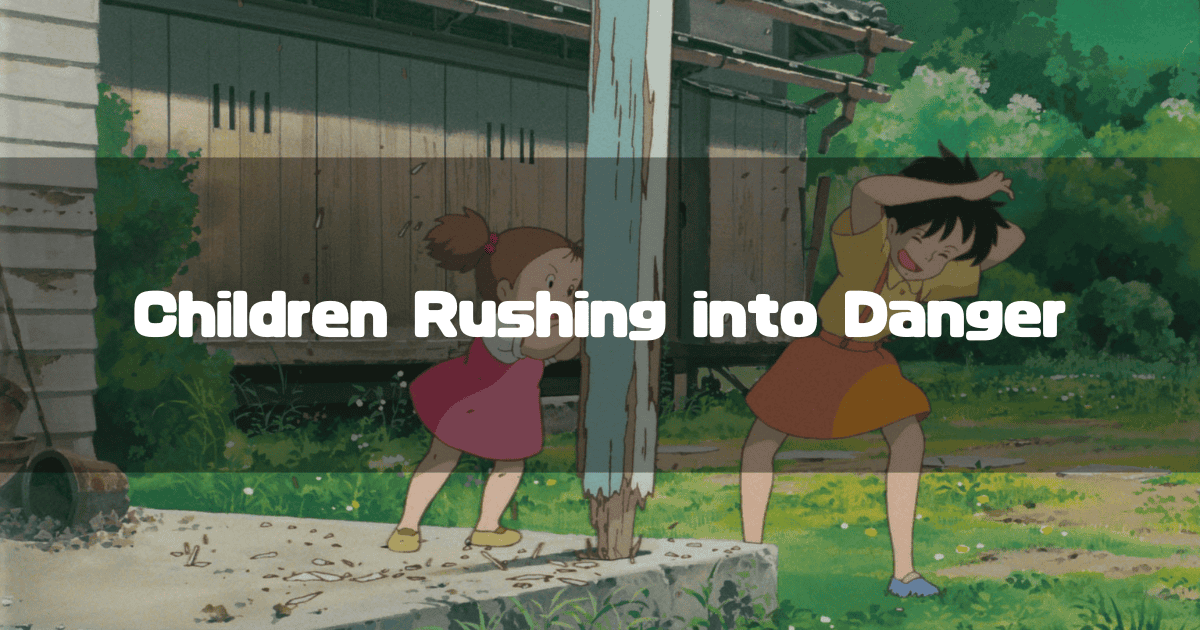
Children are Always Next to “Death”
I think the most important characteristic of children is that they love danger. Children act on curiosity alone, do what adults tell them not to do, and go where they are told not to go.
When adults stop children, it’s not to harass them, but simply because they are incredibly worried. But children rush into danger and don’t take care of themselves at all. For the adults watching, especially parents, it must be a constant source of anxiety. And in a fleeting moment when their parents aren’t looking, children cross the “borderline.”
While I believe it’s true that “children can’t grow without being exposed to danger,” no parent would fail to stop their own child from innocently rushing into a known life-threatening situation. In the end, within the conflict structure of “children rushing into danger” versus “adults desperately trying to stop them,” we can only hope they stay on the borderline of being just barely safe.
In any case, I think it’s somewhat true that “children always seem to be on the verge of death.”
Now, if part of a child’s nature is to be “always on the verge of death,” then if you portray children “correctly” in animation, they will inevitably look like they are about to die. And in the case of Mei and Satsuki, they have even bigger problems.
In Mei and Satsuki’s Case
Being children, Mei and Satsuki are already next to death. Mei, in particular, is a very young child, so she can sprint to the brink of death the moment an adult looks away. On top of that, in the Kusakabe family, the mother is hospitalized, and the father is absorbed in his research, completely taking his eyes off Mei despite being at home. A child who is already next to danger is left completely unattended, which is extremely perilous.
In fact, Mei goes missing twice in the film. Fortunately, she is found, but when you watch it after getting older, it reeks of the “scent of death”. This is because “Mei and Satsuki as children” are so well-portrayed that the inherent nature of children being next to “death” becomes visible.
If children had been portrayed a little less skillfully, such an urban legend might not have been born. However, because Mei and Satsuki are so brilliantly depicted as children, we come to feel that “it’s more natural for them to be dead.” This gives rise to the thought that “Mei and Satsuki are dead,” which is then woven into an urban legend that we have come to accept (of course, I think the existence of the Sayama Incident also played a large role).
Conclusion: The Reason the My Neighbor Totoro Urban Legend Was Born
To summarize the above as a conclusion,
Because the existence of a child is inherently next to “death,” portraying them well is enough to make them seem “dead.”
In addition, the Kusakabe family is in a situation where the mother is hospitalized while the father is focused on his research, a state where the children are easily freed from adult supervision. This fact magnifies the “scent of death,” and the Totoro urban legend was born, lured by this “scent of death.”
Perhaps the reason we can accept the urban legend is that we have also perceived this “scent of death.”
I believe this is the case. Of course, we don’t know for sure, and it might have been born from something more trivial and funny. But the idea that My Neighbor Totoro reeks of the “scent of death” precisely because it portrays children so well feels, to some extent, correct.
Appendix 1: The Director Who Said, “This is a Fun Film”
There is an important text that allows us to learn about the production process of My Neighbor Totoro. It is Our Totoro (ふたりのトトロ, in Japanese) by Hirokatsu Kihara, who was the production desk manager for the film. In it, the following words from Director Miyazaki are recorded.
“Listen, let me be clear from the start. This is a fun film. Please make it in a fun way. That’s all I have to say to the production team.”
Furthermore, to achieve a “pleasant” atmosphere, he is said to have instructed Kihara on a desk layout that took advantage of the floor’s many windows, so as not to block the light and wind passing through. Since he was so thorough about “making a fun film in a fun way,” I start to feel that this “scent of death” I’ve written about is just a phantom I saw, and that I should just enjoy the film.
However, if one were to take a cynical view, it could also be thought that he felt he had to explicitly say “make a fun film in a fun way” otherwise the “scent of death” or “danger” in the work would be conveyed even to children.
It seems I myself am the one trapped by the “scent of death.” Getting old is not a good thing.
Appendix 2: My Neighbor Totoro and The boy of the Wind
In My Neighbor Totoro, Mei goes missing twice and is in a dangerous situation, but we know another work where a “child faces danger twice.” It is Kenji Miyazawa’s masterpiece, Matasaburo of the Wind. In Matasaburo of the Wind (風の又三郎), there are the following descriptions.
- A boy named Kasuke, chasing after a runaway horse, gets lost in the mountains. Fog envelops the area, and he wanders without knowing his surroundings until he gets tired and falls asleep. In a dream, Kasuke sees Matasaburo wearing a glass cloak and flying into the sky. Immediately after, Kasuke wakes up to find the horse in front of him. At the same time, Kasuke himself is found, and all is well. According to Kasuke’s grandfather, “That was close. That was close. If you had gone down the other way, both horse and man would have been lost,” indicating that Kasuke was in an extremely dangerous situation.
- Kasuke, Matasaburo, Ichiro, Sataro, Kosuke, Kisaku, and Kichiro were playing by the river after school. Suddenly, a heavy rain began to fall. The wind was also strong, but the children other than Matasaburo looked unconcerned. Matasaburo was trembling.
The first incident is easy to understand because Kasuke’s grandfather clearly states it was dangerous. The second incident is harder to grasp because the children other than Matasaburo seem at ease, but a sudden downpour while playing by the river is inherently very dangerous. Everyone except Matasaburo is used to playing in the river and isn’t too panicked, but Matasaburo’s “trembling” reaction is the correct one. At this moment, only Matasaburo senses the “danger.”
Matasaburo of the Wind also depicts the danger near children, and it seems to portray how children, who are next to death, “grow by appropriately dealing with danger.” In this way, My Neighbor Totoro and Matasaburo of the Wind are connected by the keywords “danger” and “next to death.”
Come to think of it, the “wind” in My Neighbor Totoro was very impressive. The gust of wind that blew on Satsuki when she went to get firewood, and Totoro and the Catbus who become the wind itself. I feel that My Neighbor Totoro and Matasaburo of the Wind are connected at a fundamental level. Perhaps My Neighbor Totoro was Director Hayao Miyazaki’s answer to Matasaburo of the Wind, a way of saying, “This is how I would do it.”
The images used in this article are from the “Studio Ghibli Still Images” collection.
About the Author
Recent Posts
- 2025-10-21
Indiana Jones and the Dial of Destiny(2023): Full Synopsis & Analysis: Indy’s True Motive and the Enigma of Helena - 2025-10-15
Indiana Jones and the Dial of Destiny(2023):Historical Background-WWII, the Real Dr. Schmidt, the Siege of Syracuse, and the Antikythera Mechanism - 2025-10-08
Why Does Children Who Chase Lost Voices Feel So Ghibli-esque? [Makoto Shinkai’s “Tale of Farewell”] - 2025-10-07
5 Centimeters per Second: Characters, Voice Actors, Character Analysis and Character Map - 2025-10-06
5 Centimeters per Second: Full Synopsis, Analysis, Ending Explained & Character Map (Spoilers)

